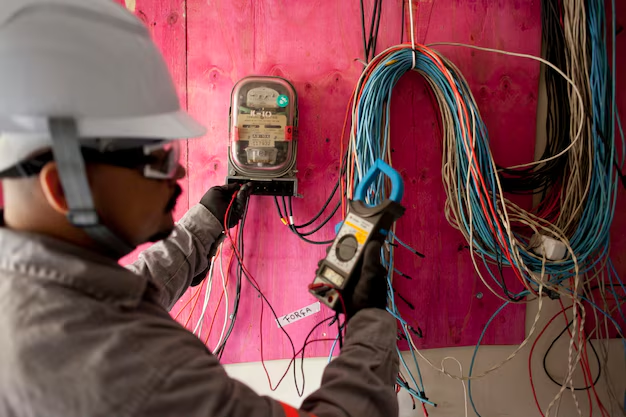Wondering About the Cost to Become an Electrician? Here's the Breakdown You Need
Becoming an electrician can be a satisfying and rewarding career choice, offering both stability and opportunity for growth. However, understanding the financial investment required to start your journey is crucial. Before you power up your career, here's how much it costs to become an electrician.
Initial Costs to Consider
The path to becoming an electrician typically begins with education. You have a couple of options: vocational training programs or community colleges. Both routes are designed to teach you the fundamentals of electrical science, circuitry, and safety.
Vocational Training Programs
- Cost Range: $1,000 - $11,000
- Duration: 6 to 12 months
- Pros: Quick entry to the field, hands-on learning
Community College
- Cost Range: $3,000 - $15,000 per year
- Duration: Associate Degree programs usually take 2 years
- Pros: Broader educational foundation, transferable credits
Apprenticeship: A Key Component
Once you complete your education, the next step is typically an apprenticeship. These are paid positions where you gain practical experience under the guidance of a journeyman electrician.
- Cost: Usually free, as they are paid positions
- Duration: Typically lasts 4 years
- Potential Earnings: $30,000 - $50,000 annually as you train
Keep in mind, some apprenticeships might have additional fees for books and materials, ranging from $100 to $500 per year.
Additional Certification and State Licensing
- Exam Fees: $30 - $200
- License Fees: $50 - $150, depending on state requirements
Evolving into a Master Electrician
Aspiring to become a master electrician? This advanced role requires additional experience and possibly further education, costing around $1,000 - $3,000 for certification exams and courses.
How to Lighten the Financial Load
Education and training costs might seem daunting, but numerous options can help ease financial pressures.
Financial Assistance Resources
Consider these funding sources to help manage the costs of becoming an electrician:
- Government Aid Programs: Check out federal and state programs offering grants and scholarships tailored for trade education.
- Educational Grants: The Pell Grant is a great example for those who qualify based on economic need.
- Apprenticeship Sponsorships: Some industry groups and unions offer sponsorships, covering expenses related to apprenticeships.
- Credit Card Solutions: Consider low-interest or 0% APR credit cards specifically for education-related expenses.
- Debt Relief Options: Upon completion of your training, investigate loan forgiveness programs available for certain vocational fields.
Aspiring electricians have several pathways and financial resources available to turn their career dreams into reality. Understanding these costs and knowing what assistance is available can help ensure a bright future.
🔌 Here's a quick reference guide to financial resources for becoming an electrician:
- 🎓 Pell Grant: Need-based financial aid for students.
- 🔄 Apprenticeship Sponsorships: Often provided by unions or industry groups.
- 🏢 Federal and State Aid Programs: Funding opportunities for vocational education training.
- 💳 0% APR Credit Cards: Suitable for educational expenses without immediate interest.
- 📜 Loan Forgiveness Programs: Financial relief opportunities post-education in select fields.
Taking these steps can switch the financial burden to a manageable challenge, allowing you to focus on acquiring the skills needed to electrify your career.
